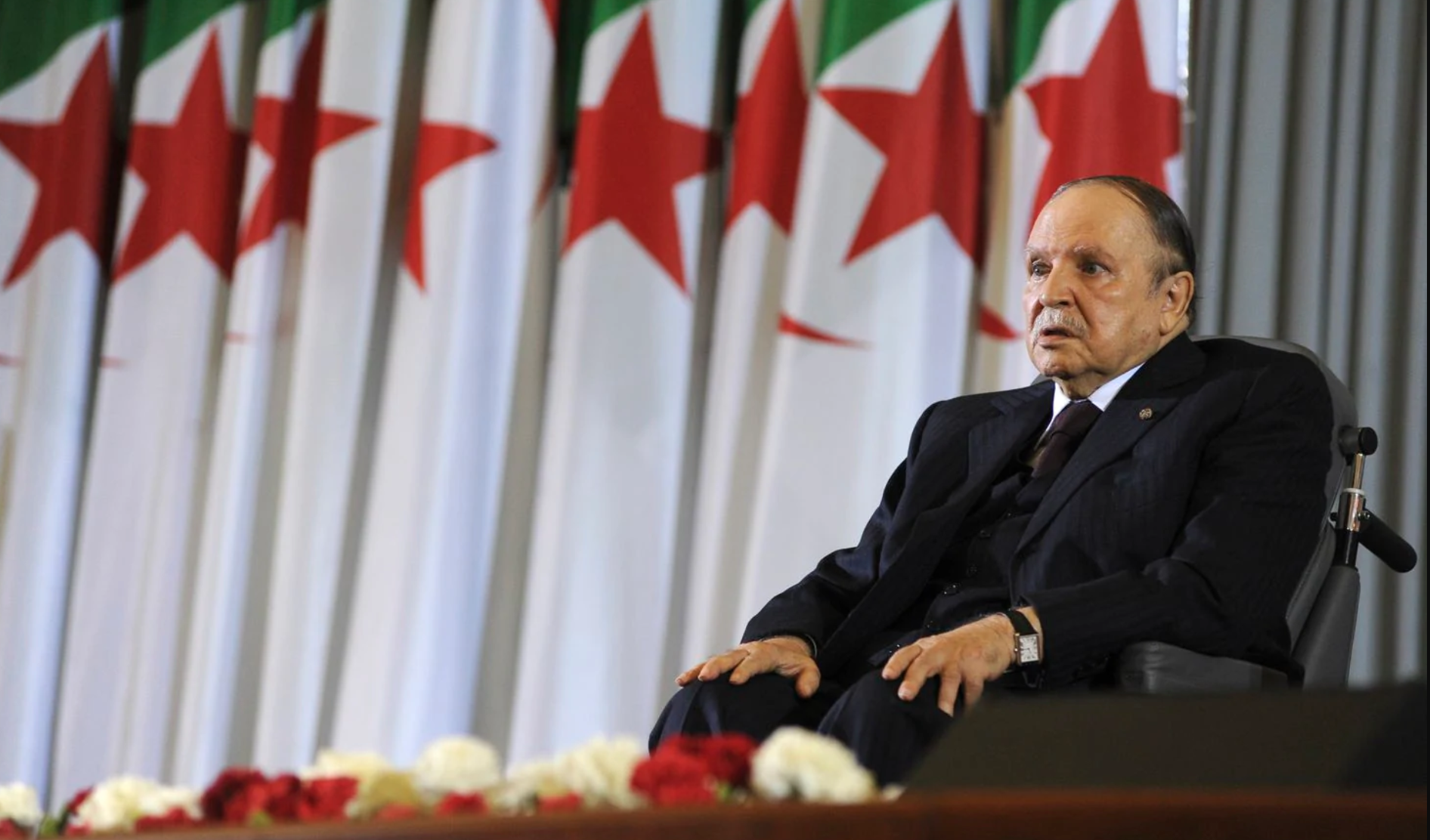Diffusing the Nuclear Danger
By Geoffrey Cook, TMO
 | |
| Geoffrey Cook |
Healdsburg (Calif.)–May 15, 2013–Your author finds himself in the California’s north, and I am one of the few in my State who simply does not like wine; therefore, this would make it easier to accept the Islamic injunction on this.
This essay derives from a comment I made in response to a posting of Engineering Professor Martin Hellman of Stanford University in Palo Alto’s extremely important blog, Diffusing the Nuclear Threat (http:// nuclearrisk.org/). (Although a scientist who “knows his stuff,†I find his writing on very technical subjects to be most accessible). My thesis here comes from my comment to Professor Hellman’s entry on the danger of NATO’s intervention in Afghanistan which he believes has the potential of unfolding into a nuclear confrontation. He discusses this in his May 9th, 2013 blog (http://nuclearrisk. wordpress.com/2013/05/09/avoiding-needless-wars-part-7-afghanistan/) which submission is one of a series of contemplations, the seventh installment of his “Avoiding Needless Wars.â€
I have written quite a bit on Afghanistan as my regular readers are aware here on these “pages,†and I am preparing an (academic) paper for publication on a parallel subject as discussed on the above web page, and I hope I can follow through on perceptions that Dr. Hellman has given me through his blog in my upcoming more formal paper. Dr. Hellman is not concerned about the Islamic world per se, but more on the subject of “Armageddon†in general. Here he is considering a conflict set in a Muslim land, though, and places it into a unique larger geopolitical context.
At the time (1979), I supported Jimmy Carter’s assistance to the Afghani people when the Soviet Army initially invaded Afghanistan to buttress the faltering Communist government there, but, when the Reagan Administration imported Arab fighters, the resistance changed from an indigenous struggle for liberation to a mercenary one with larger geographical and ideological issues. Those foreign fighters held values quite different from the Islam of the Hindu Kush and incidentally, also, the Vale – which was more Sufic.
I have written more than once that the current G.W.O.T. (the Global War on Terrorism’s) roots lie within the Reagan Administration’s post-1989 failure to institute a Marshal-like Plan for the Mountains and Pakistan. The withdrawal of the U.S.S.R. (Union of Soviet Socialist Republics) led to a five-prong civil war in the Hindu Kush between the various warlords. A group of Madrassa students (i.e., the Taliban) arose as a rag-tag militia with the support of Afghanistan’s citizenry since their preliminary goal was to achieve a relative peace and security by pushing the contending clan-bands into the Northwest corner of Afghanistan, and; thus, the triumphant rule of the “Students†from Kabul was initially popular. Unfortunately, though, many of the Arab mercenaries, who remained after the Russian War, were protected under the tribal laws of hospitality there.
When the non-national al-Qaida declared War on the United States, the Taliban head of State, Mullah Umar, was furious because he knew his regime was doomed.
Back to the nuclear aspects of the situation, after the victory of the mercenaries, they, then were looking for further battles against the “infidels.†They found it first in Kashmir’s struggle for self-agency against India.
I have written on the Kargil dispute (May-July, 1999)previously early in my tenure on this paper, and my†take†on it is different than most historians, and a bit revisionary, but I believe the historical sources bear me out. My research shows that it was probably a group of Arab irregulars who took the Kargil heights overlooking the Vale during the winter. The Pakistanis only became involved defensively in reaction to the mercenaries from Afghanistan which event, undeniably, also, became a seemingly a fortuitous advantageous to the Pakistanis.
A potential nuclear confrontation was brewing, and Pakistan, a state where the military with the ISI (Inter-Services Intelligence) dominate the political discourse, the Prime Minister (PM), Nawaz Sharif, who a fortnight ago was elected once again to the office of Prime Minister after a long political come back, did not perceive the danger of nuclear war since his COAS (Commander of the Armed Forces) kept him in the dark to the exact seriousness of the encounter; so, Bill Clinton dragged the PM into Washington on the fourth of July of that year. Under the .guidance of the U.S. President with the Prime Minister of Pakistan, a South Asian inferno was avoided at that time.
Shortly after, on December 13th, 2001, a group of sub-nationals attacked the Indian Parliament in support of Kashmiri separatists. In the Indo-Pakistani theater each side almost immediately accuses the other of any political violence within borders of the victimized. The Indian BJP, the political wing of the RSS — who gave us the assassination of Gandhi, accused Pakistan of the act against New Delhi’s legislature when it seems that it was an independent organization seeking independence for Kashmir — although rogue elements of the ISI might have been aware and encouraged it.
Anyway, this led to the 2001-2002 Indo-Pakistani nuclear crises, which if all weaponry were successfully deployed might have led to a nuclear winter in the Northern Hemisphere. During this period, sub-national and non-State actors were encouraging the State actors to use their atomic capabilities to accomplish an Armageddon-like goal of the Islamic far religious right.
The real hero, in my opinion, in diffusing this situation was Pervez Musharraf, the then President of Pakistan.
15-22












2013
948 views
views
0
comments